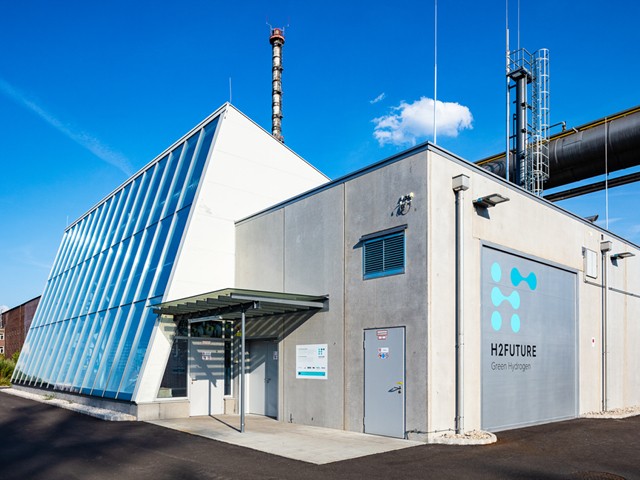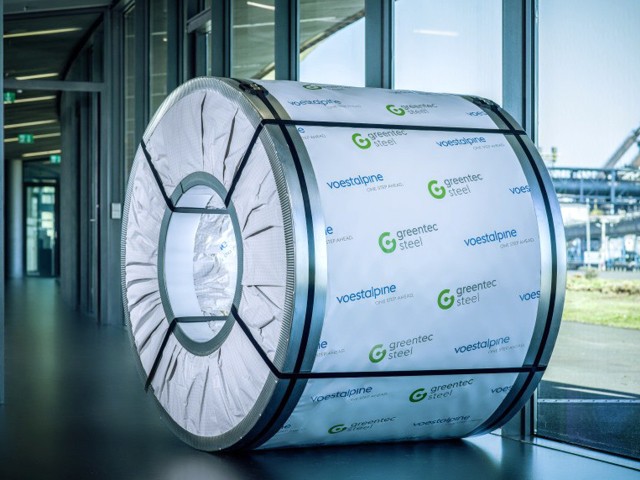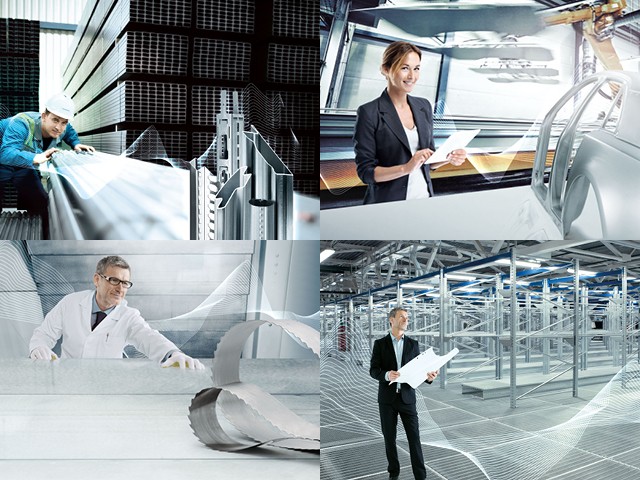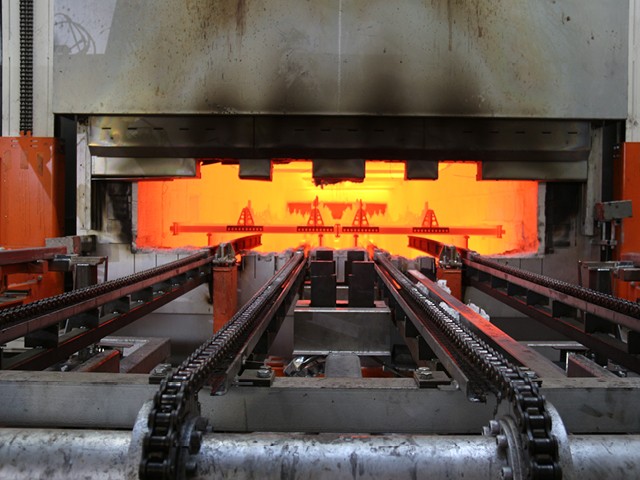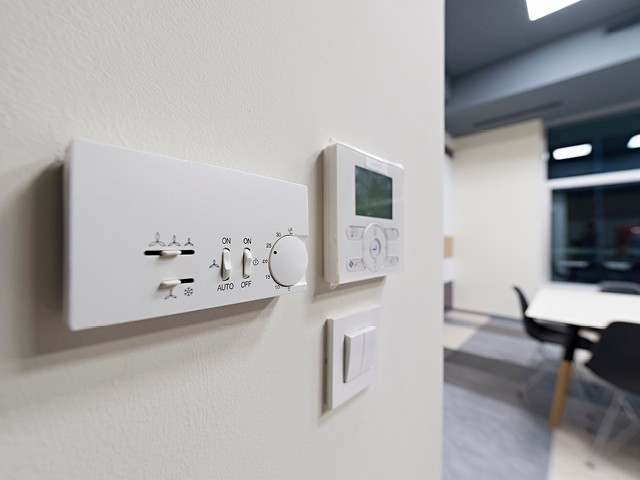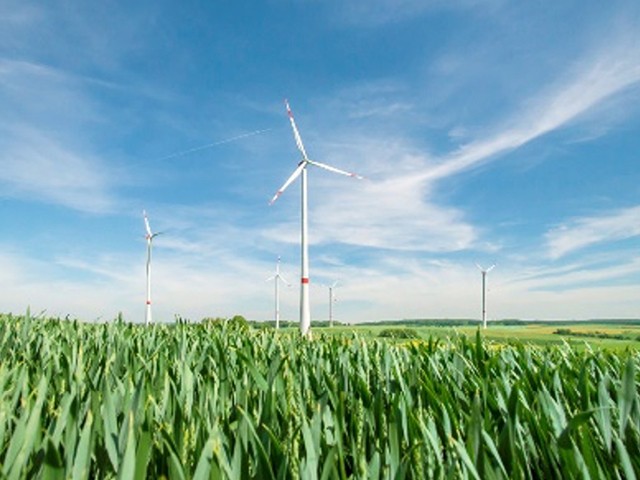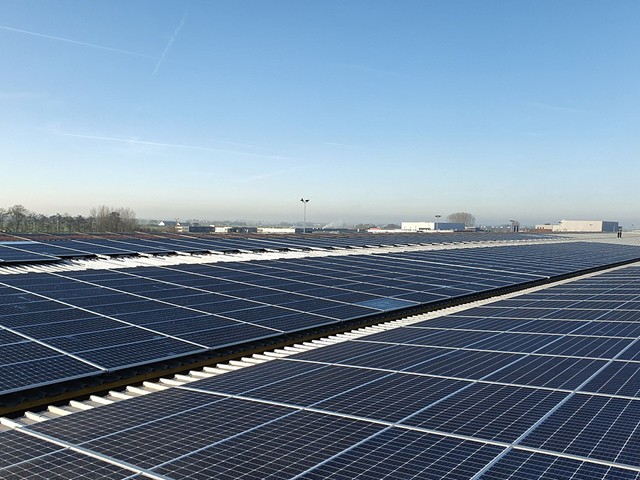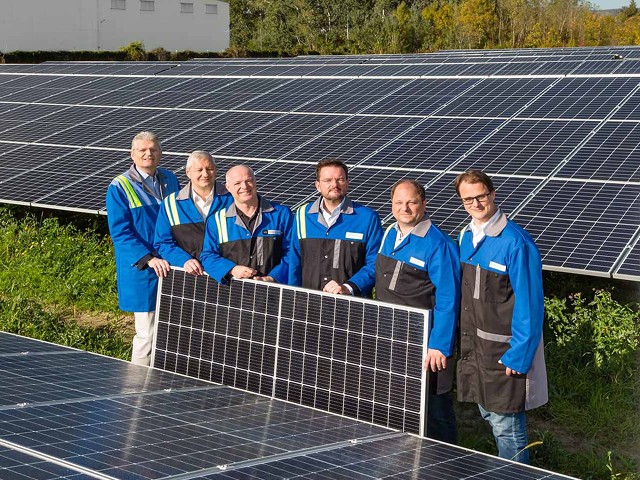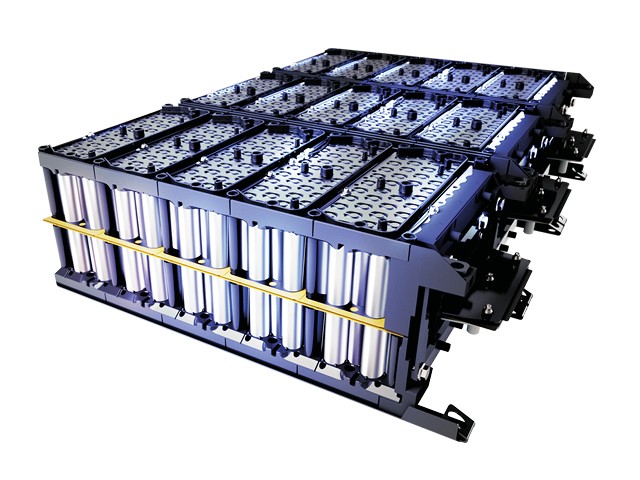Sustainability comes first
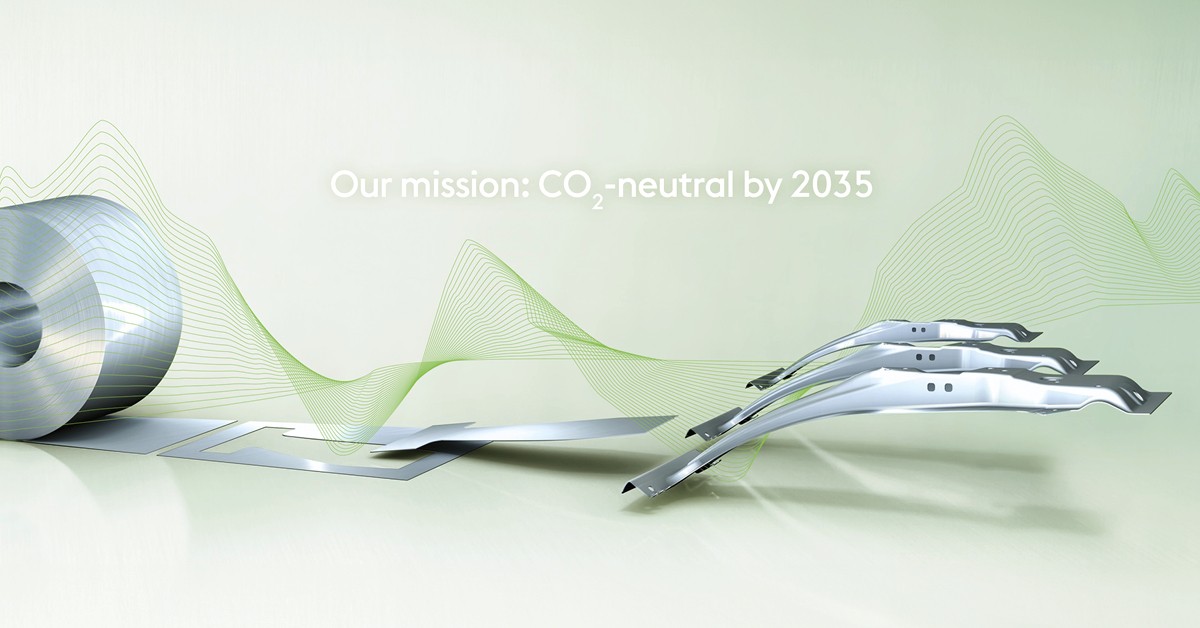
In the voestalpine Metal Forming division, this is more than a catchphrase, it’s a mission. The CO2UNTDOWN TO ZERO initiative aims to achieve CO2-neutral operation and production in all divisional companies by 2035. In this vein, “Sustainability comes first” means accounting for the entire process chain.
Sustainable benefits for the environment and customer
The products and components manufactured by the companies in the division set standards in automotive, warehouse and rack construction, as well as in profile, tube, and precision strip steel solutions. To keep everything in the green moving forward, the companies think and act in a sustainable manner.
Thinking ahead with prematerials
The production of prematerials plays a major role in reducing emissions. Here the voestalpine Group is paving the way. By 2050, the company’s entire steel production will be CO2-neutral, thanks to a unique phased plan. Converting to electric arc furnaces and generating its own green hydrogen are just two of the ways the Group plans to achieve this goal.
voestalpine steel—a green material
As things currently stand, voestalpine already offers all its flat steel products in a reduced carbon footprint edition, documented with an allocation model for customers. The Environmental Product Declaration (EPD) for the press-hardened steel phs-ultraform, which combines weight and strength benefits with corrosion resistance in lightweight automotive construction, is also available.
A natural solution to the question of energy
Without energy, production and administration come to a standstill. The CO2UNTDOWN TO ZERO concept provides a clear framework: 1. Save energy. 2. Convert to green energy. 3. Generate renewable energy in-house. Things are moving in the right direction. 50% of the division’s total energy requirements are already covered by green energy. All sites in Austria and Brazil exclusively use energy obtained from renewable sources. Over 11,000 tons of CO2 are also saved annually by generating renewable energy in-house (e.g., hydropower and solar power). Roughly one million trees would be required to absorb this amount.
Focusing on scaling things back
Logistics and transporting goods also impact the environment. Travel by rail and water is prioritized, where possible. We pay close attention to where each share of emissions arises, and how more CO2 emissions can be saved across the entire value chain.

